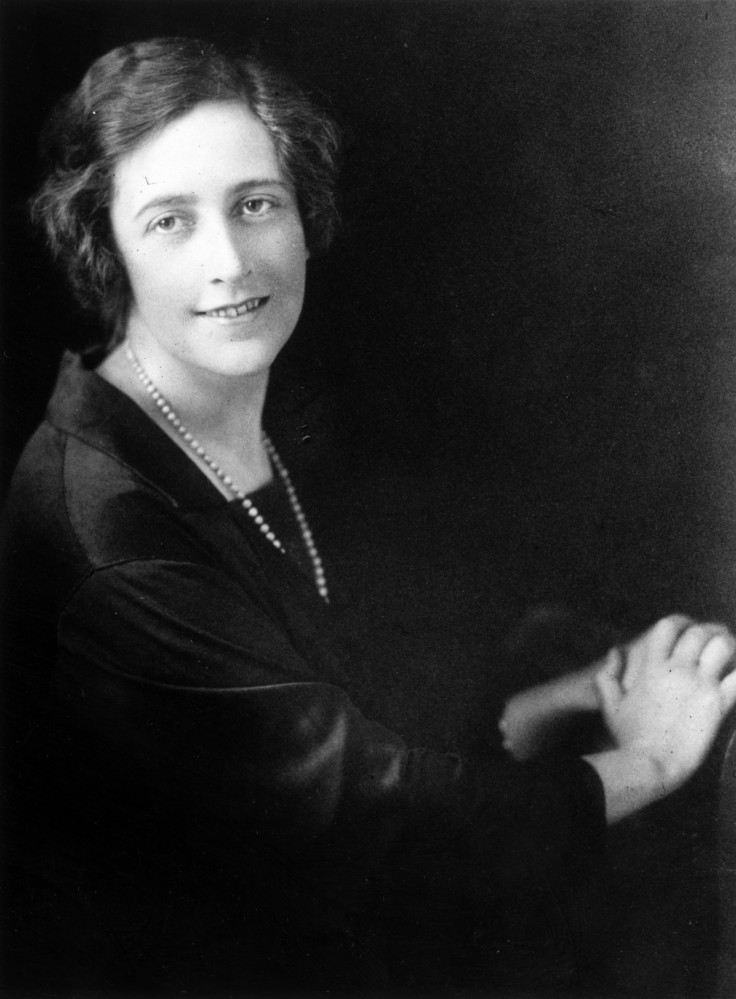Agatha Christie found wealth of poisons in Indian plants

Many of Agatha Christie's fans know how she deftly used her knowledge of poison in her works. But what is less known is that her toxic arsenal – comprising over 30 compounds – included many Indian plants, reveals Kathryn Harkup, a British chemist and author who was in New Delhi to participate in a crime writers festival.
Harkup's revelation came in her book, "A is for Arsenic: The Poisons of Agatha Christie".
"Christie would have used atropine, strychnine and aconitine in the preparations she made as an apothecaries assistant. All of these compounds can be obtained from plants that are native to India," Harkup said. "I have looked into the Ayurveda system of medicine during my research, as Christie used examples of native Indian plants as sources for her poisons," she added.
Christie learned about various poisons while working in a pharmacy during both the World Wars. The great mystery writer poisoned more than 300 characters in her 66 detective novels and short stories.
To assume that Christie used only arsenic, the quintessential Victorian poison, will be an underestimation of her work, Harkup points out. "The most underrated aspect of Christie, in my opinion, is how many different poisons she used. There is an assumption that she just used arsenic, but she used over 30 different compounds to kill her characters," she says.
At the New Delhi event, Harkup also recalled how she got acquainted with Christie's novels and her knowledge of poisons. "I was 16 when I knew I wanted to study science. I had a passion for chemistry and went on to study it at the University of York. Reading about toxicology, Agatha Christie's name kept cropping up in academic books; in crime fiction, she's simply the best when it comes to poisoning people," said Harkup.
"I was 16 when I knew I wanted to study science. I had a passion for chemistry and went on to study it at the University of York. Reading about toxicology, Agatha Christie's name kept cropping up in academic books; in crime fiction, she's simply the best when it comes to poisoning people," said Harkup.
The author also cited an instance to establish Christie's knowledge on lethal compounds. "Thallium, which was so little known about at the time she was writing that doctors consulted her novel for accurate descriptions of poisoning symptoms. Eserine was a drug I had never heard of until I read Christie. Eserine has a fascinating history from its discovery in West Africa to its use in medicine today," Harkup explained.
© Copyright IBTimes 2025. All rights reserved.





















